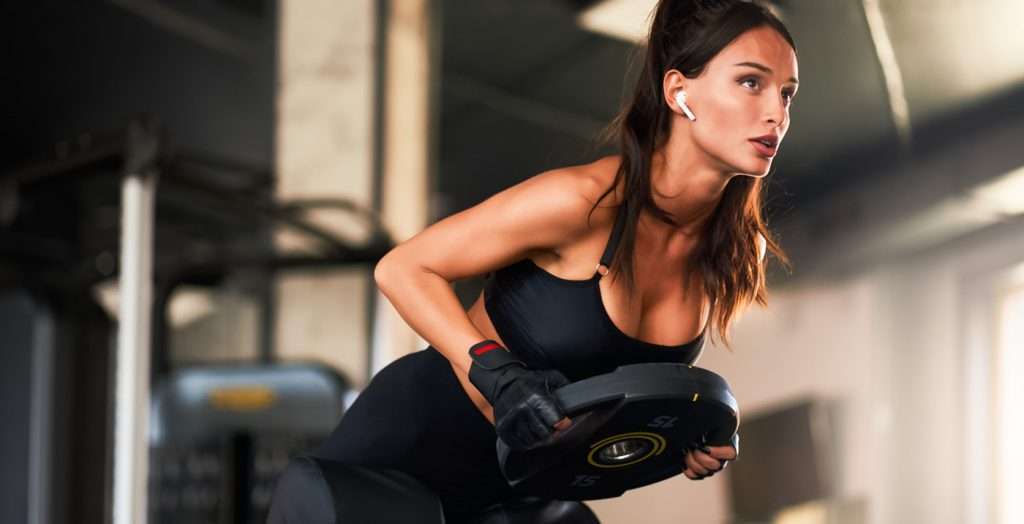Kayaking is a demanding sport. The exercise not only works the muscles in your arms, but also those in your core and legs. It can be hard for people who are new to kayaking to know which muscles they need to work out on their own time with other exercises. Thankfully, there’s this article that lists the different body parts you’ll use when kayaking and suggests some exercises!
Core Muscle
Learning how to kayak is not just about mastering the mechanics of paddling and balance, but also learning your body. In order for you to effectively propel yourself through water with a paddle in hand, your core muscles must be engaged at all times. These are the muscle groups that connect from head-to-toe including those deep within our abdomen or pelvis floor as well as around our rib cage that support us when we stand up straight. All these different muscles work together so help make sure everything stays tight while pushing off on one leg then switch sides once you reach an even keel again!
Arms
When kayaking, it is important to keep your arms tight and close to the body. This helps with balance and paddling techniques. When you extend out too far from your shoulders, this can cause instability in water and affect how well you are able to paddle.
- Keep Your Arms Close To The Body: Extend Out Too Far From Shoulders -> Causes Instability In Water And Affects Paddling Techniques;
- Rotate Your Wrists For Better Technique: Place Hands On Handles With Thumbs Next To Ring Finger -> Assist Grip Strength While Pulling Backwards Against Current;
- Stretch After Every Session: If Possible Spend Five Minutes Stretching Muscles That You Just Used – Helps Reduce Soreness!
Shoulders
One of the most common injuries sustained by kayakers is to the shoulders, which are often caught off guard. This can happen when paddlers become so focused on bracing their core that they forget about keeping a tight grip on both hands below one’s shoulder level and maintaining an open paddle-box with flatter arms.
Hands & Forearms
Hands & Forearms are often the most overworked body parts. For kayakers, this is due to the ergonomics of paddling: as one pushes forward on a paddle in front of them while two fingers are placed inside each handle and the hands push back against water resistance-resembles an aggressive arm curl that places stress around your wrists with every stroke.
For relief from soreness or strained muscles it’s always best to stretch after every session if possible! If not then make sure you spend five minutes stretching those muscle groups; And remember there is no shame in using gloves for extra padding during long sessions when soreness becomes unbearable!
Legs
Paddling a kayak can be strenuous on the legs, but it’s easier for beginners to learn how they are involved in this sport once you become more experienced. If your muscles start feeling sore, try adjusting your boat before going out into the water or find one that better fits what you need and enjoy!
It’s not uncommon for kayakers’ legs to feel sore after long sessions or days spent out on the water! If you can, make sure you stretch those muscle groups during or following your session; For more relief from tight muscles put ice packs along your quads & hamstrings before stretching And remember there is no shame in using gloves for extra padding during long sessions when soreness becomes unbearable!
Lower Back
Lower back is also part of the core muscle group, and is an intricate part of kayaking.
A lot of the lower back muscles are used to maintain posture while paddling for long periods or when being on a sloping boat deck. Lower back pain can be caused by poor ergonomics in kayaks caused by improper seating position, bad body mechanics with overuse such as injured wrists from prolonged paddling without breaks.
The glutes also play a role in maintaining balance during kayak sessions- if these muscle groups become overtired it will cause you to lose stability and your ability to sit upright (especially those who may have trouble balancing) To improve core strength and avoid injury always make sure to stretch out both sides equally!
Injuries that could arise due at kayak sessions are usually muscular in nature such as rotator cuff injuries, lower back pain or strains from kayaking. There is also a risk of developing carpal tunnel syndrome if you overuse your wrist muscles without giving them time to recover.

